License plate recognition with parallel computing
This project is implemented in Java to create a model that recognizes license plates in parallel.
Click here to view the code on GitHub
Objective
-
Train our model by offering the capital English character and digits in Penitentiary Gothic font.
-
Offer the images of license plates in California into our model to recognize license plates’ number and turn then into text correctly.
-
Use multi-threads to accelerate the process.
-
Report the performance profile to identify the bottleneck of the code and evaluate how multi-threads in this case can help us to speed up.
Description
Workflow
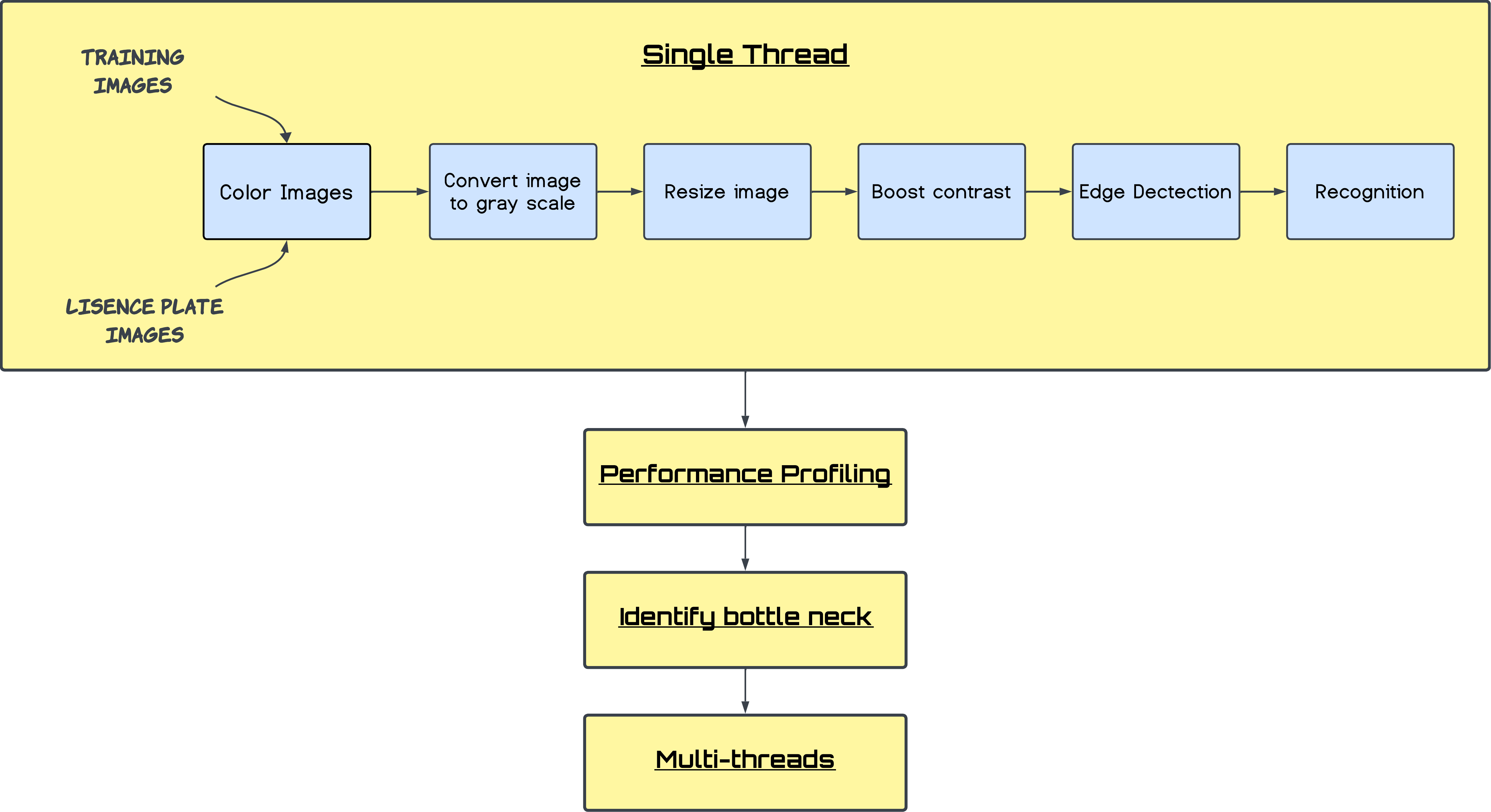
Step 1: Training Data
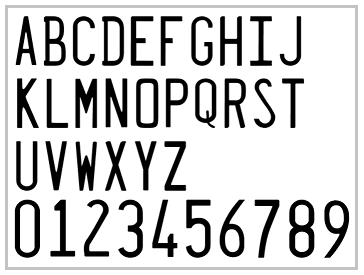
-
Feed our model with 4 images containing A-Z and 0-9 in Penitentiary Gothic font.
-
Convert them to grayscale.
-
Resize them to 20 x 43 pixels.
-
Make the character and digit as the key, and 1D integer array that stores the grayscale pixel value as a value.
[255, 255, 64, 27, 128, …., 0] length: 860
-
Append hard-coded character data to training Data to improve accuracy.
Step 2: Test Data

-
Load license plate images to trained model.
-
Crop out top and bottom margins.
-
Use edge detection to separate each character and digit.
-
Calculate grayscale value of each character and digit in a 1D integer array.
[226, 240, 65, 29, 124, …., 0] length: 860
-
Use 1NN method to find the nearest neighbor as the output character or digit.
-
Compare the output and the label into a file.
Step 3: Multi-threading speed up
-
Incorporate multi threads method to train our models with data.
-
Recognize abundant of license plate images simultaneously.
-
Report the performance profile to identify the bottle neck of the code and evaluate how multi-threads in this case can help us to speed up.
How to use
- Clone this repository
git clone https://github.com/JohnnyandLee/License_Plates_Recognition
- Single-Threaded Training, Single-Threaded Recognition: run the main function of App.java(just run useThread(1))
- Multi-Threaded Training, Multi-Threaded Recognition: run the main function of App.java
- Single-Threaded Training, Multi-Threaded Recognition: run the main function of ALPR2.java
Result
Environment
- Operating System: MacOS Sonoma 14.2
- CPU: Apple M1 Pro (10 cores, 3.22GHz)
- Profiling Tool: Intellij Profiler
Single-Threaded Training, Single-Threaded Recognition
Using the sample code from [2], we used single thread to train and recognize the test data(n = 30) at first. The result is as follows:
| # | Time(ms) |
|---|---|
| 1 | 49.05671660043299 |
| 2 | 46.057362500578165 |
| 3 | 48.585249999538064 |
| 4 | 47.26977499946952 |
| 5 | 46.15939580090344 |
| 6 | 47.3930583987385 |
| 7 | 47.39126249961555 |
| 8 | 47.2568790987134 |
| 9 | 51.24353750050068 |
| 10 | 50.26253329962492 |
| Average | 48.06757707 |
Multi-Threaded Training, Multi-Threaded Recognition (ALPR.java)
With a brief understanding of how the single-threaded program works, we then started to parallelize the program using multi-threading and tried to find the best performance, and we got the following results:
| # of threads | Time(ms) |
|---|---|
| 1 | 48.26430410146713 |
| 2 | 16.126074999570847 |
| 3 | 14.657600000500679 |
| 5 | 18.433133399114013 |
| 6 | 16.172600001096725 |
| 10 | 23.696162501350045 |
| 15 | 32.35087089985609 |
| 30 | 61.7450833003968 |

One key observation from the above graph is that there is a significant improvement using multi-threading in terms of performance, but as the number of threads gets larger, the run time also increases. Therefore, we used the profiler to do a thorough analysis.
Flame graph using 2 threads:
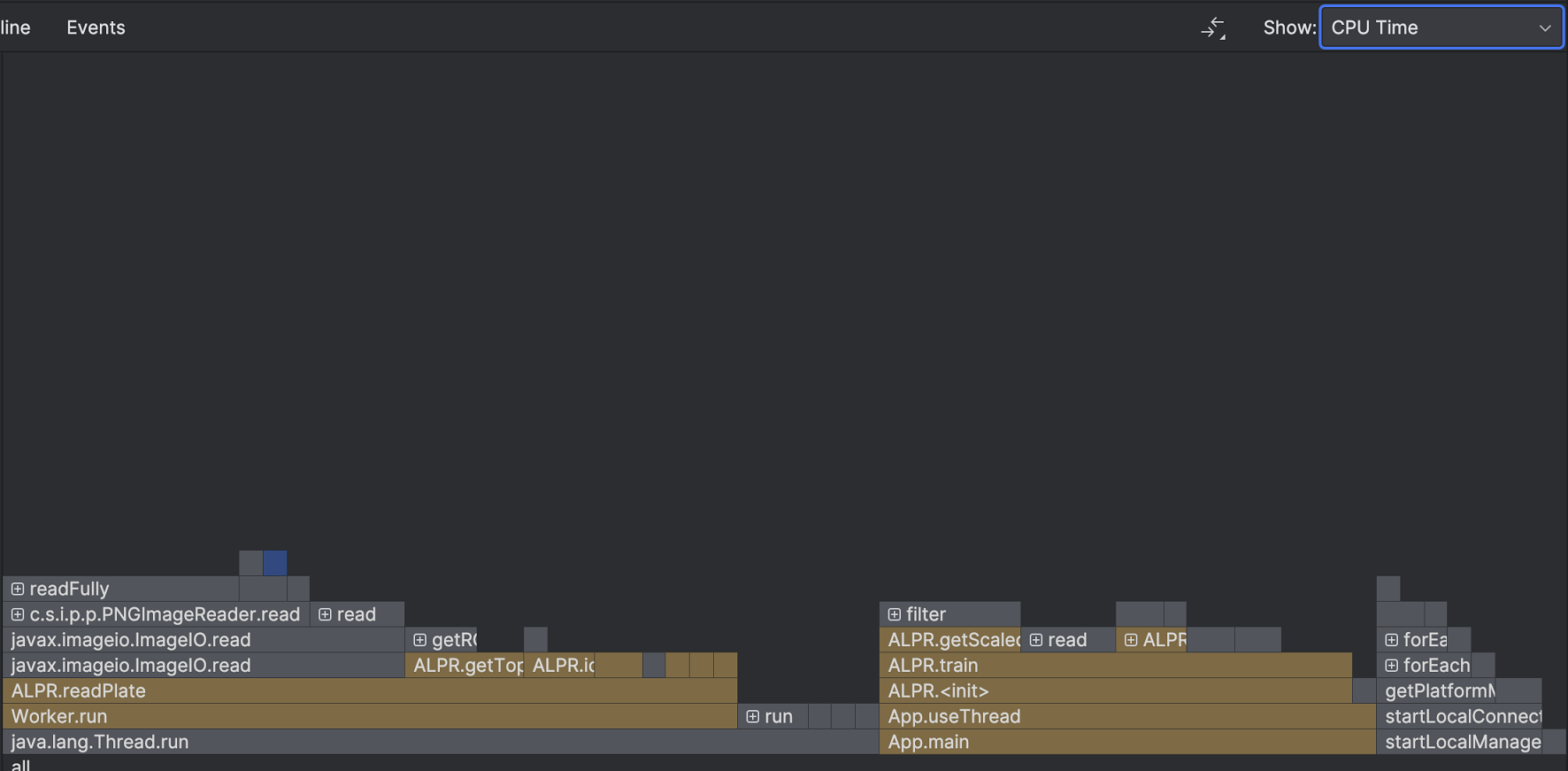
Flame graph using 30 threads:
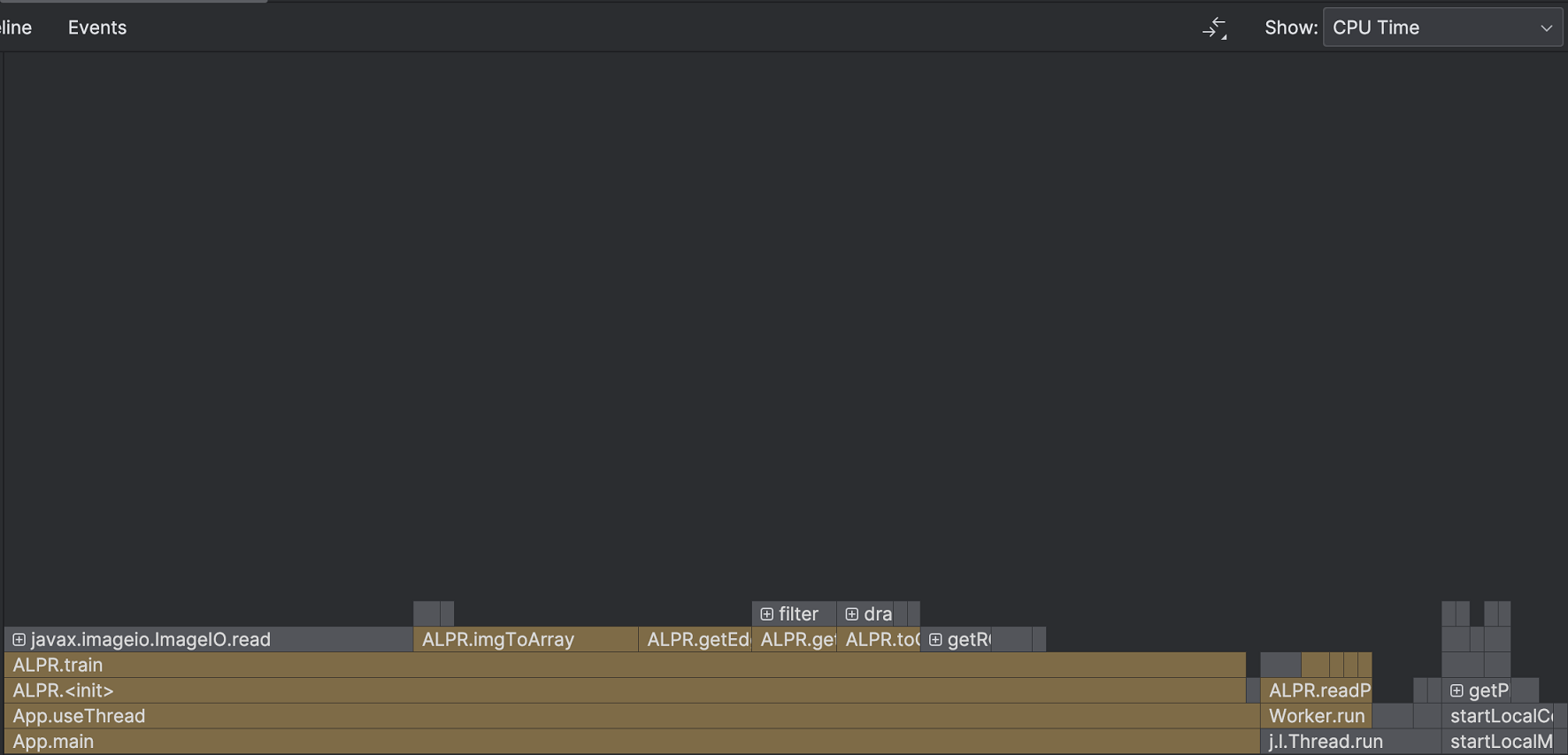
Comparing the above two graphs, we can see that using 30 threads will create a huge amount of overhead in ALPR.triain(), the model training process. Hence, we tried the following idea and it turned out to be the best result we can get.
Single-Threaded Training, Multi-Threaded Recognition (ALPR2.java)
We found utilizing multiple threads for training the same font iteratively proved to be redundant and time-intensive. Finally, we decided to use one single thread to train the model to reduce the overhead while still using multi-threads to recognize the plates. The result is as follows:
| # of threads | Time(ms) |
|---|---|
| 1 | 27.904991699382663 |
| 2 | 12.330941600725055 |
| 3 | 8.415737500414252 |
| 5 | 5.632704200223088 |
| 6 | 5.021720798686147 |
| 10 | 4.205070799216628 |
| 15 | 5.060437500476837 |
| 30 | 4.273858400061727 |
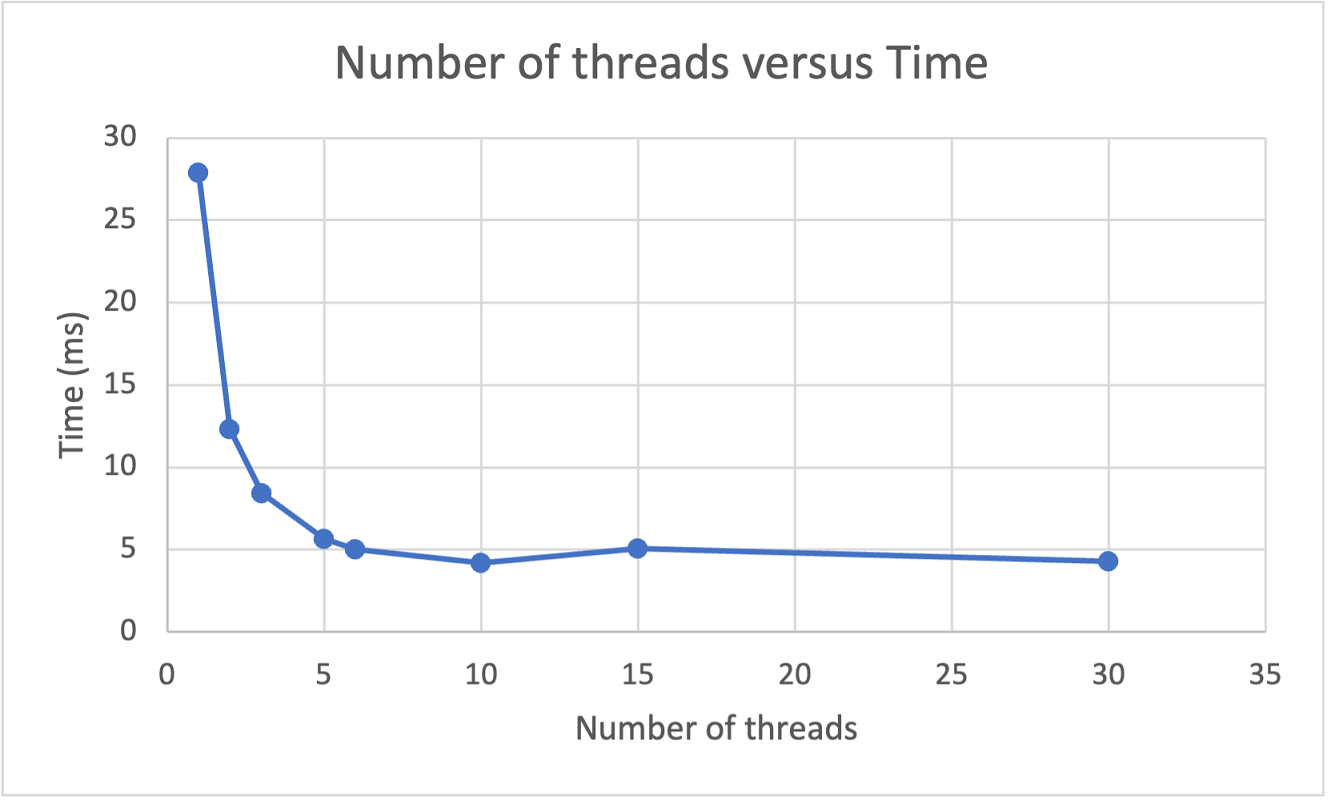
The outcome indicates that the optimal approach for recognizing 30 license plates involves the utilization of 5-6 threads.
Reference
The code was based on and derived from
- [1] Youtube channel: Oggi AI - Java image filter
- [2] GitHub Page: Joe James
Contributors
- Kuan-Te (Johnny) Lee
- Yi-Ning (Kenny) Lin
- Yi-Hsuan (Ashley) Chen